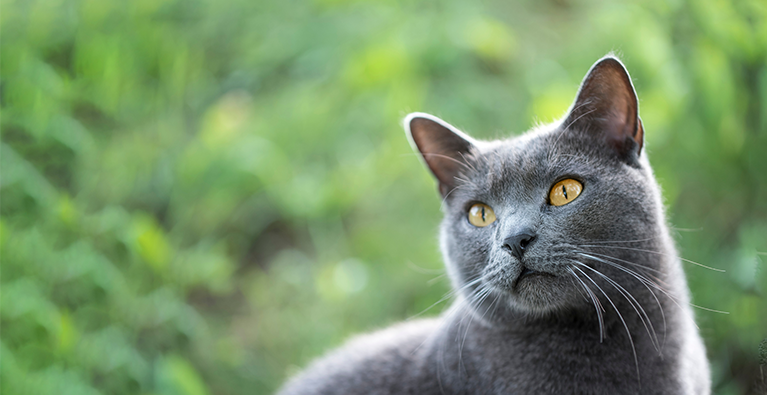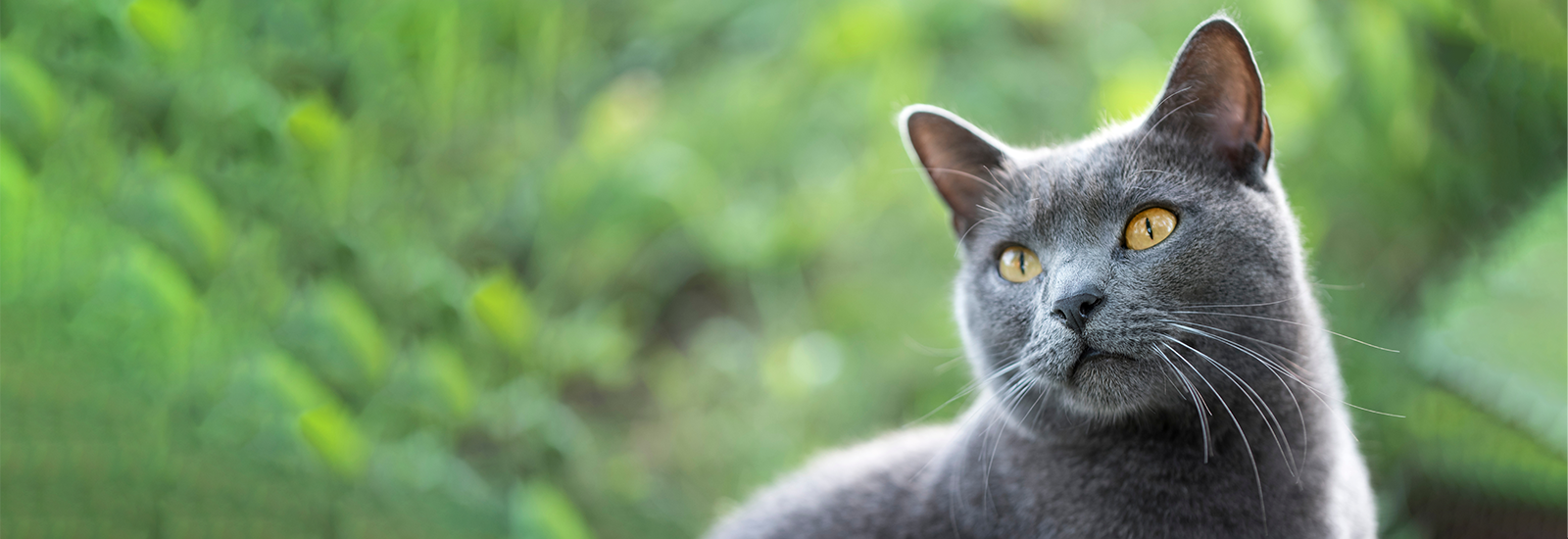Chartreux
The Chartreux is one of the world’s oldest breeds of cat. Fans of these “blue” cats are particularly fond of their calm, easy-going nature and their friendly character.
Profile of the Chartreux cat
- Size medium
- Weight female: approx. 4.5 kg, male: approx. 6.5 kg
- Origin France
- Build strong, muscular
- Length of fur short
- Colour of fur blue
- Grooming minimal
- Behaviour affectionate, tranquil
- Character easy-going, even-tempered
Appearance and character of the Chartreux
The main distinguishing feature of the Chartreux is its “blue” (silver-grey) coat. However, caution is advised: not only this breed has a “blue” coat, but also the Russian Blue. The risk of confusion is relatively high, however each of the two breeds has its own distinct features: the Russian Blue has slightly larger ears and green eyes, while the Chartreux has dark yellow to copper-coloured eyes that are large and usually wide open. It is a medium-sized to large breed of cat with a strong, muscular body. Males are noticeably sturdier and weigh on average almost two kilograms more.
Although it is a short-haired cat, it has a very fluffy appearance. This is thanks to its double coat which has a special characteristic: the dense fur does not lie flat on the cat’s body, but stands up and is slightly woolly at the base. It can be any shade of blue, although a light blue-grey is usually favoured.
With their beautiful coats and bright yellow eyes, Chartreux cats not only look stunning, but they also have an enchanting character. A Chartreux is not pushy, knows how to behave, and is calm and gentle. It loves to snuggle up on the sofa with its humans, enjoys being stroked and likes close contact. it is, however, not a particularly talkative breed of cat, preferring to enjoy life in silence. In general, it is even-tempered and relatively stress-resistant. But at the same time, it is not especially fond of too much excitement.
Keeping and caring for a Chartreux cat
The Chartreux is the perfect family cat. It is very affectionate and loves contact with its humans. It is, however, important that it is able to retreat to a quiet place if it wants to, for example if it is being disturbed by children. It will prefer a spot high up on a cat tree or cupboard where it cannot be reached. It does not necessarily need to be allowed to go outdoors, but some Chartreux cats will enjoy this. They should, of course, only be let outside if it is safe to do so. Luckily, they do not usually stray too far from home, because they like to be near their owners. They will normally have no problem with being kept indoors. If, however, you only have one cat, and you frequently have to leave it alone, it is advisable to adopt a second cat and to spend time playing with them every now and then. This undemanding breed will then be perfectly happy.
Short-haired cats require very little grooming. This also applies to the Chartreux. However, as it has a thick undercoat, a little more care is required. During the moulting process, you should help your cat to get through it more quickly and with less effort. Regular brushing has the additional advantage that your pet will not swallow as much fur when it cleans itself and there will be less to vacuum up in your home.
Nutrition
Whether it’s a kitten, an adult cat or a senior – the food for a Chartreux cat should always be of high quality and tailored to its age. Cats are carnivores by nature, so cat food should always contain a high proportion of meaty ingredients. Sugar, flavour enhancers and artificial colourings and preservatives do not belong in the food.
animonda has the ideal food for every stage of your cat’s life. You can choose between kitten, adult and senior cat food. The products are specially formulated to meet the specific nutritional requirements of the different life stages of cats. This provides the best foundation for your pet to enjoy a long and healthy life.
Health of the Chartreux cat
The Chartreux is in general a very robust and healthy breed. This does, however, depend on responsible breeders. If you are interested in having a cat of this breed, you should look for a reputable breeder who is able to prove their commitment and reliability by providing you with the appropriate medical documents. For example, it is important that they check the blood groups of the cats that they pair. The Chartreux is known to have a blood group incompatibility called Feline Neonatal Isoerythrolysis (FNI). If a male cat has blood group A, but the mother has blood group B, the kittens may absorb antibodies against blood group A in their mother’s milk. This can lead to the kitten having anaemia. As this can be fatal, pairing should never be carried out without prior blood tests.
History and breeding
The first written reference to this breed dates back to 1558, whereby the name originally referred to all cats with a blue coat, which over the years caused some confusion. In fact in the early 1970s, the two blue breeds – the pure French Chartreux and the British Shorthair – were for several years officially grouped together by the international breeding association FIFe under the collective name Chartreux.
It is unclear how the name Chartreux originated. Some believe that it could refer to the monastic order “Grande Chartreuse”. It is possible that the monks kept a large number of these cats. However, the name may also be derived from the grey wool “Pile des Chartreux”. What we do know is that the pure breeding of these cats was initiated by the brother and sister team of Suzanne and Christine Léger. They came across the breed in around 1920 on the island of Belle-Ile-en-Mer in Brittany and decided to preserve it.
In 1931 there was something of a breakthrough for the breed: the young Chartreux female “Mignonne de Guerveur” was voted the most beautiful cat at the Paris cat show. Numbers grew slowly, but the Second World War caused setbacks and the lack of suitable cats led to them being paired with other blue cat breeds. It is no longer possible to ascertain how long this went on for, however a line was finally drawn in 1977. The breed standard now clearly defined the differences to similar breeds and cross-breeding was no longer permitted. Although this provided clarity, it also significantly reduced the gene pool.
You may also like this
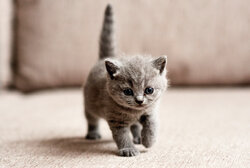
Feeding kittens - nutrition tips
What small kittens need for healthy development
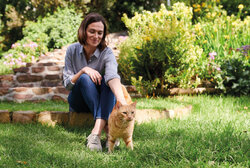
Good cat food
How to recognize good cat food for your darling

A kitten is moving in
Tips for collection, initial equipment and settling in
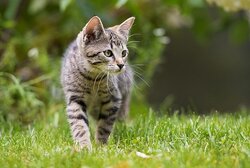
Getting your cat used to being outdoors
How to get your cat used to going outside
